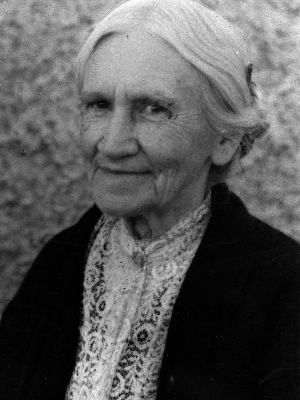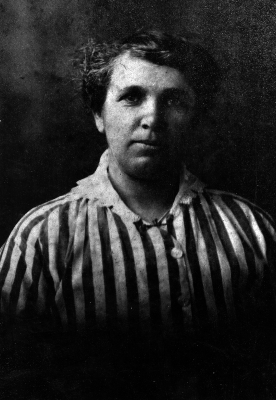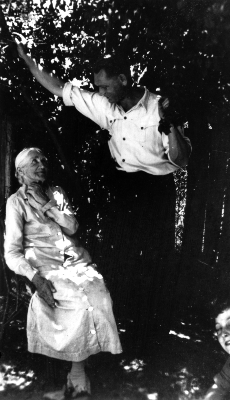Quilt No.770PHM - Powerhouse Museum
2770 x 2560mm
"Amanda Hards and her sister May Kennedy of Bathurst made the quilt for Amanda's son Edward (Ted) between 1910 and 1920. Amanda made the Suffolk puffs and stitched them together while May worked the crochet in the spaces between the puffs.
"The quilt was given to Edward Hards by his mother Amanda Hards and her sister May Kennedy. Edward treasured this quilt, and also a filet crochet coverlet and pillow sham made for him by May Kennedy. After Edward's death, his wife Jean Ardini of Manly Vale donated both bed covers to the Powerhouse Museum. It was her wish to keep the two quilts together." [PHM]
It is used for research and exhibition purposes only.
"Amanda and May Kennedy were born in Campbelltown, and moved to Lambert Street, Bathurst. Not much is known about Amanda's husband except that he was a grazier in the Bathurst area; although he and Amanda did not live together he kept in touch with his son. May Kennedy had an accident during her childhood and had misshapen feet. She was once engaged, but her fiance died and she never married.
The sisters were very close and raised Edward, whom they adored, together. Amanda worked as a seamstress while May stayed at home to look after Edward. She did crochet for other people as well as working a filet crochet coverlet to her own design for Edward. Amanda's Suffolk puff quilt was said to have won a prize at the Bathurst Show, but there are no surviving records for the period. Between 1914 and 1916, Amanda consistently won first and second prizes in the underclothing sections of the Royal Easter Show.
Amanda died in 1920 when Edward was fourteen years old. His aunt May Kennedy died in the early 1940s, around the end of the war. The women were buried as requested in the same grave at Kelso. Edward changed his name from Hards to Ardini by deed poll, as he and his wife Jean were in the entertainment industry as magicians." [PHM]



Related Quilts:
1525 x 1525mm
2160 x 1830mm
1626 x 1271mm
2470 x 1320mm
2108 x 1702mm
1520 x 970mm






